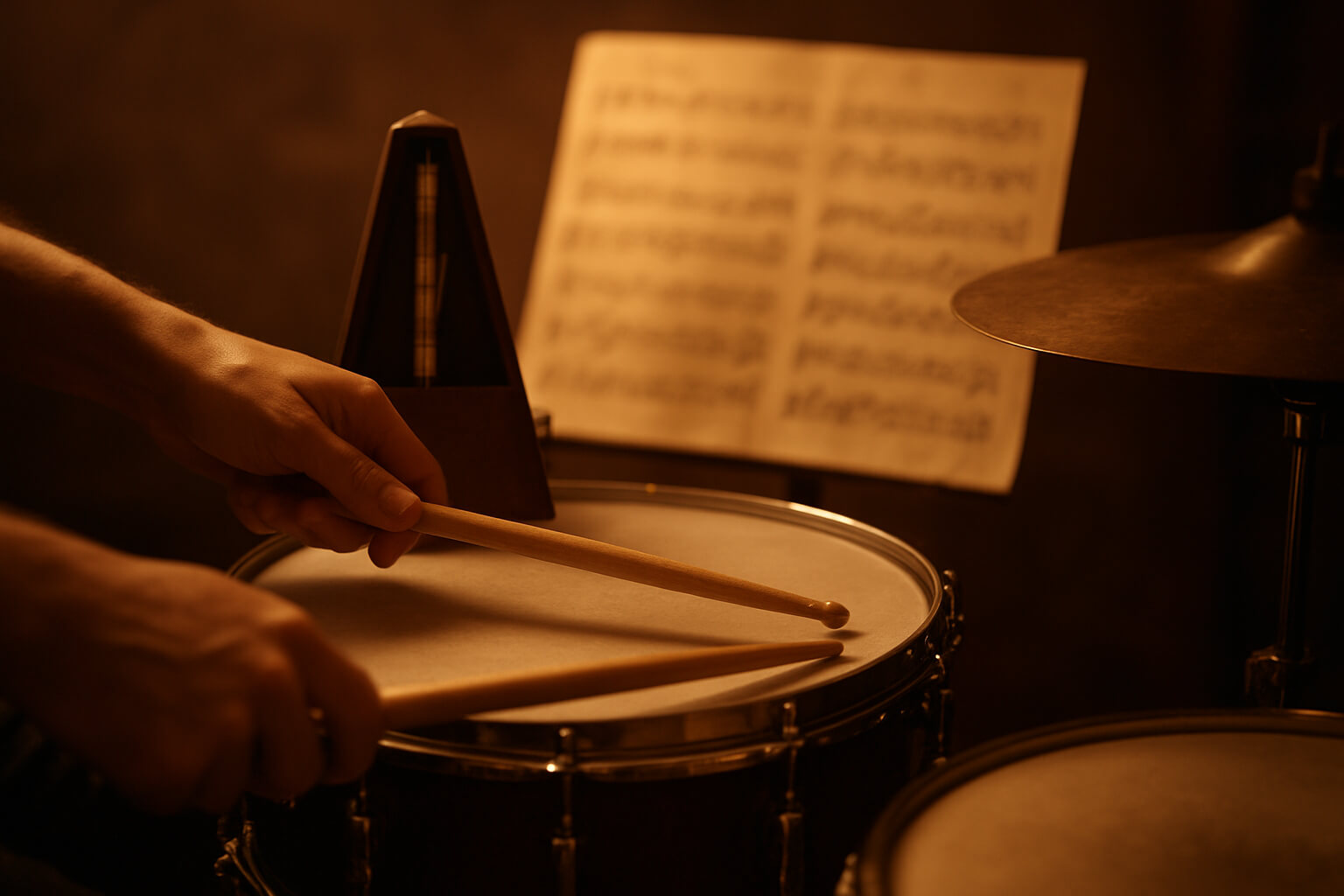August 10, 2025

Whether you're a new musician or a producer just starting out, rhythm and timing are two of the most critical—but often overlooked—skills. You could play all the right notes, but if your timing is off, it won’t sound right.
In this guide, we’ll cover what rhythm and timing actually mean, how to train them (without getting overwhelmed), and how to fix common beginner mistakes.
Think of rhythm as the skeleton of music—the structure that everything else hangs on.
Timing is how accurately you play each note or beat in relation to the beat. Good timing means your note lands exactly where it should. Bad timing means you're either:
You might know the right notes and still sound off. Why? Poor timing.
Now that you know what rhythm and timing are, let’s build them step-by-step.
A metronome clicks at a steady tempo. It trains your inner sense of time.
Start here:
Why this works: You’re programming your brain to predict time consistently.
Try this tool: Metronome Online
Also useful: The Basics of MIDI – How It Works and Why It Is Essential for Production
Before using your instrument, practice clapping or tapping rhythms on a table or your lap. This removes the complexity of playing and focuses only on timing.
Start with:
Do this with a metronome or backing track.
Counting rhythms helps your brain stay organized. Say out loud:
Do this while clapping or playing. It wires rhythm into both your brain and muscle memory.
Practicing with real music builds musical timing, not just mechanical timing. Try these:
Use DAWs like GarageBand or Ableton with loops for hands-on practice.
Digital Audio Workstations Explained – Choosing the Right Software
For deeper rhythm and overall musical growth:
Rhythm and timing don’t come naturally to everyone—but they can be trained.
"Playing the right note at the wrong time is still the wrong note."
— Miles Davis
Stay up to date with the latest tips, expert insights, product reviews, and step-by-step guides to help you grow, create, and succeed—no matter your industry or passion.